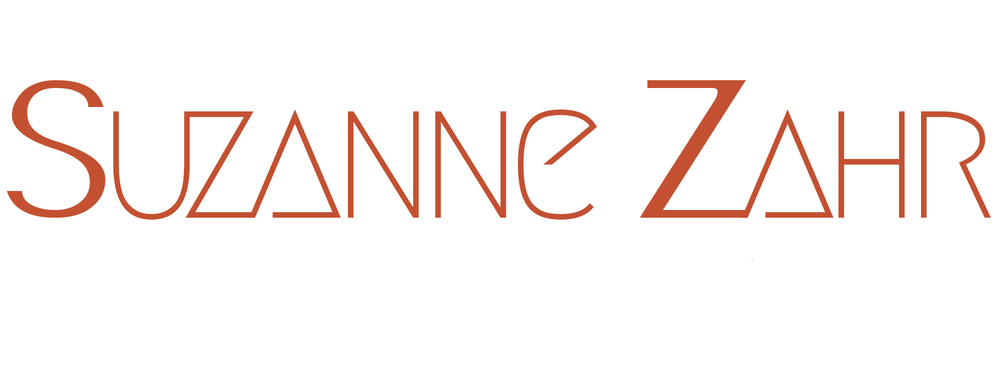Control Anatomy No. 8
Control Anatomy No. 8
Study | Digital photography
30 x 21 cm | 11 3/4 x 8 1/4 in
"The Abu Holy Checkpoint stood between Rafah, Khan Yunis to the south, and Deir al Balah and the other middle governorates, and Netzarim (previous Israeli settlement in Gaza) was separating between the middle of the (Gaza) strip and its remaining portions to the north.
Was it trying to test its rifle scope? Was it in the phase of testing the camera? Was it looking for a particular person? Who? Did it find him? What was his fate?
Is the hidden act in the chest systematic and deliberate? Is capturing the photo similar to the reality captured? What is the relationship between what appeared in these photos, having been captured by the other side, and the degree of our comprehension of reality?"
In this exhibition, Mahmoud Alhaj examines the colonial violence and mechanisms of domination and control imposed on Palestinian geography over the years. Alhaj’s projects preceded the intensification of these oppressive tools, ultimately leading to the ongoing genocide and atrocities in the Gaza Strip over the past months. Alhaj views the technology of violence production as the culmination of an ongoing workshop organized by the colonizer behind the scenes to invent the most violent methods to subjugate Palestinians.
The exhibition features a collection of projects completed by Alhaj in recent years, including Violence 24/7, Fragile, and 402 of Gray. These works rely on images that aim “to keep pace with the crazy flow of violent events” around the artist. Alhaj selects “images that have lost their luster in the eyes of viewers and faded into the back doors of internet search engines,” and images that have had repercussions on himself and those around him. He reintroduces these images within a contemporary artistic narrative.
Alhaj layers photographs taken over the years and compares them to uncover changes over time, akin to an investigative detective on a highly meticulous mission. He gathers the traces left by colonial strategies, including the distortion of landscape and the delineation of control and domination. He finds evidence in various places such as the wall, sewage dumps, military barracks, watchtowers, streets, roundabouts, and borders…
In Violence 24/7, Alhaj resorted to dismantling and reconstructing specific parts of the violence archive of the military governor, spanning from 1987 to 2023. He subjects these images and materials to an intense digital treatment process.
The strength of Alhaj’s projects lies in his foresight in studying violence technology, an issue of increasing importance in the Palestinian context as the genocide in Gaza intensifies using these technologies. Additionally, his work stands out due to his meticulous attention to detail and his ability to transcend the limitations of digital techniques, resisting their easy allure. Instead, he takes a more deliberate approach, manipulating digital technology to serve his vision and ideas.
Words by Rana Anani


